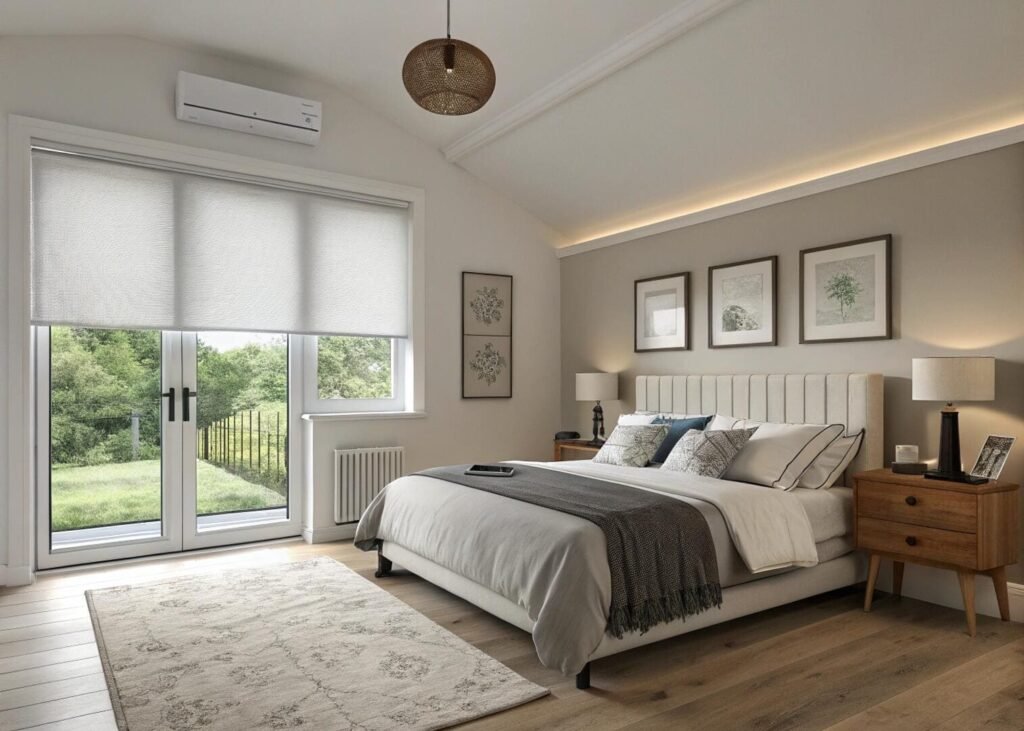Are you struggling to decide how to power your next motorized blind installation, weighing constant power against wireless convenience? Choosing the wrong power source can lead to installation headaches or ongoing maintenance frustrations.
Motorized blinds can be powered by high-voltage (hardwired) AC, low-voltage (plug-in transformer) DC, or battery power. The ideal choice depends on the project's new construction or retrofit status, budget, desired aesthetic, and long-term maintenance preferences.
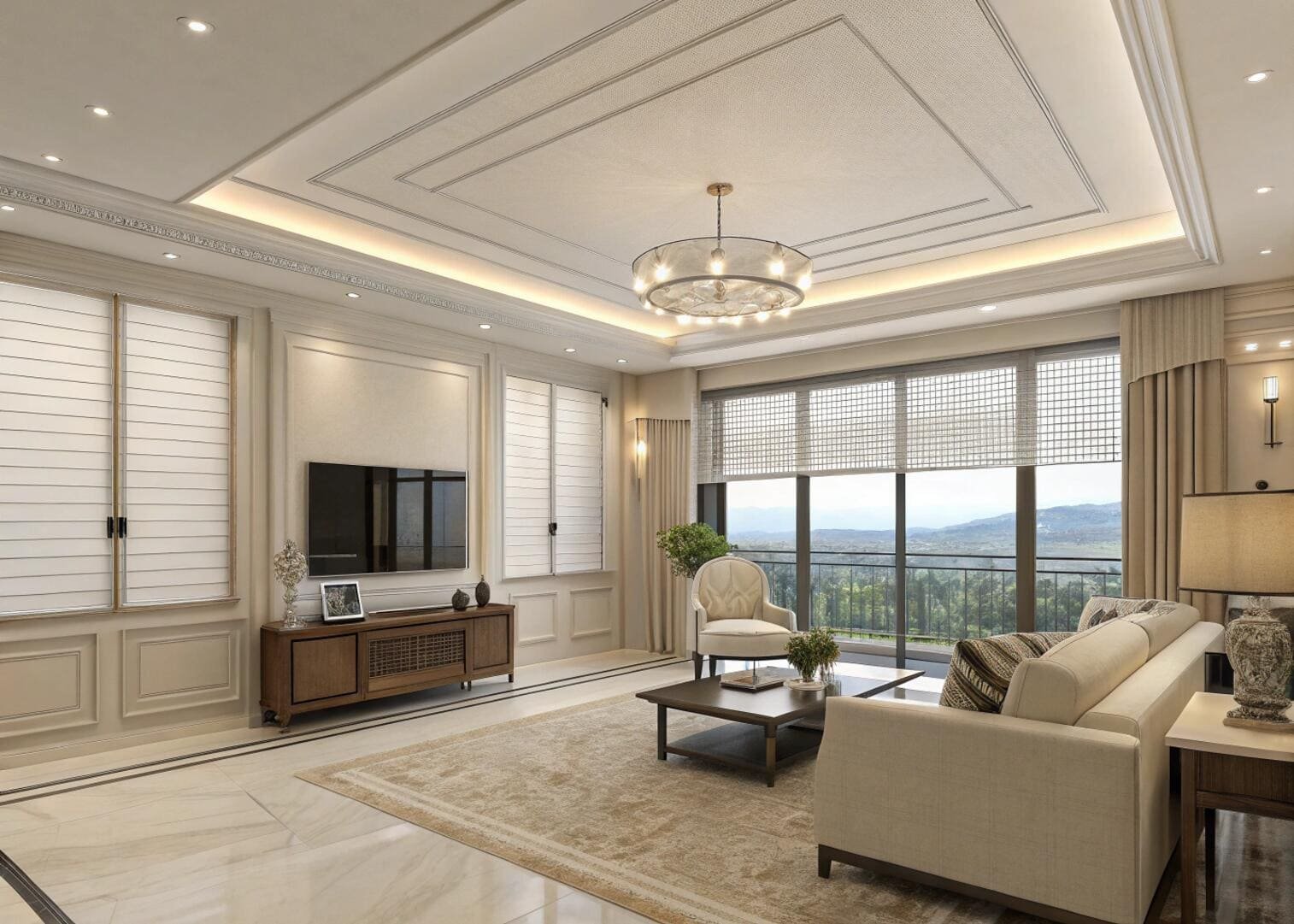
As a specialist in smart shading solutions, I have seen many project managers navigate this critical decision. The power choice impacts everything from initial installation to daily convenience. Let us break down the options to ensure your next project runs smoothly and delivers lasting satisfaction.
Do motorized blinds need to be hardwired?
Are you under the impression that all motorized blinds[^1] require complex electrical wiring? This common misconception might be limiting your design flexibility and installation options.
No, motorized blinds do not all need to be hardwired. Many modern motorized blinds are designed to operate on battery power[^2] or with simple plug-in transformers, offering flexible installation solutions without demanding complex electrical work.
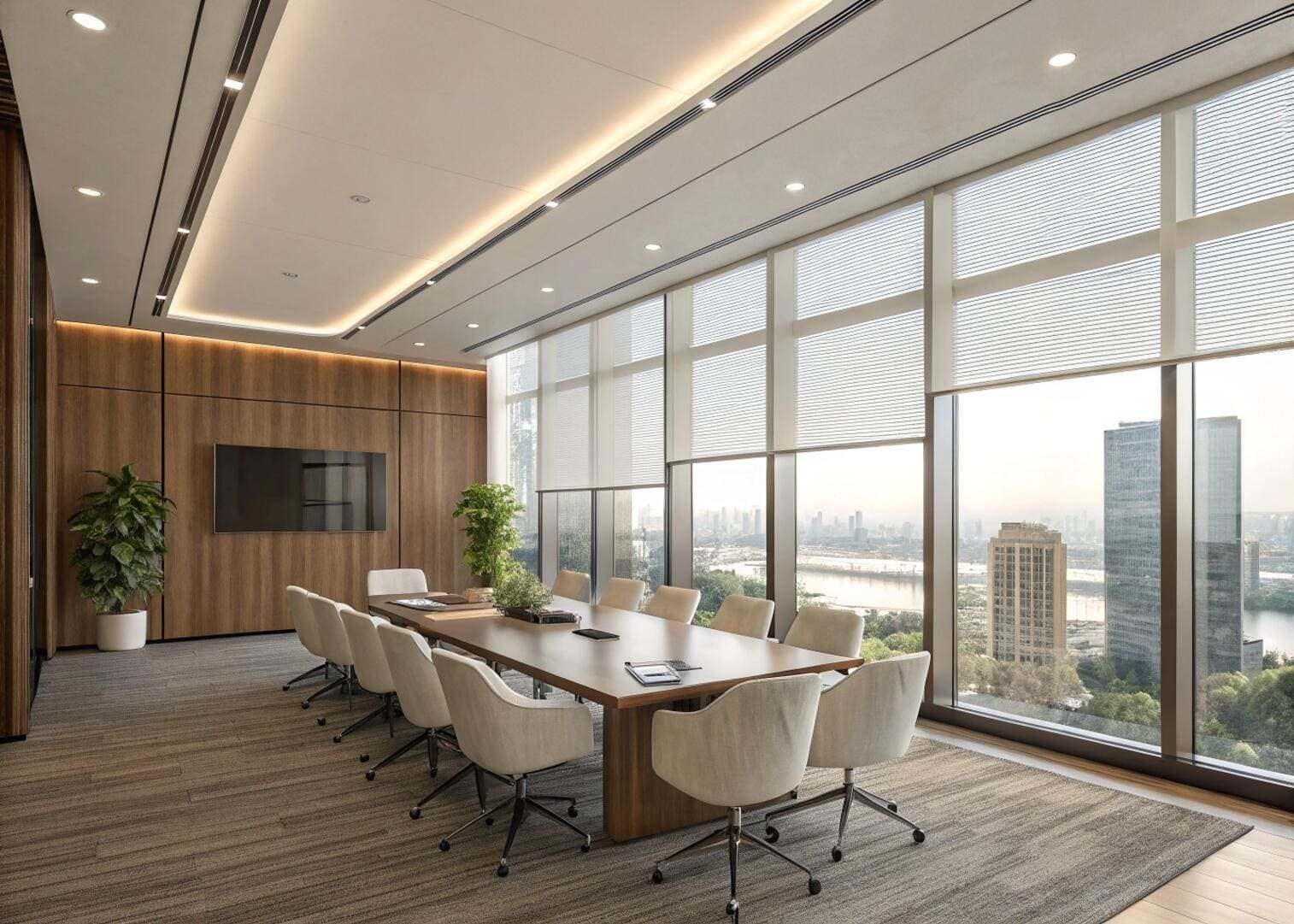
From my experience, the belief that all motorized blinds must be hardwired is a significant hurdle for many considering automation. While hardwiring is an option, it is certainly not the only one. Motorized blinds use small motors, usually hidden within the headrail, to operate. These motors can be powered in several ways, giving great flexibility for residential and commercial projects. Hardwired systems are typically integrated directly into a building's electrical system, often during new construction or major renovations. This provides a clean, wire-free appearance and eliminates the need for battery replacements or recharging. However, it necessitates careful electrical planning and installation by a qualified electrician, which can add to installation complexity and cost. For existing structures or projects where extensive wiring is impractical, battery-powered or plug-in low-voltage options offer a much simpler solution. These options greatly reduce installation time and labor, making smart shading accessible for a wider range of applications and budgets.
What is the power source for motorized blinds?
Are you curious about the various ways motorized blinds draw their power to operate automatically? Understanding the different power sources is crucial for choosing the right solution for your project.
Motorized blinds primarily draw power from three main sources: rechargeable or disposable batteries, low-voltage plug-in transformers (DC), or high-voltage hardwired connections (AC) directly to the building's electrical system.
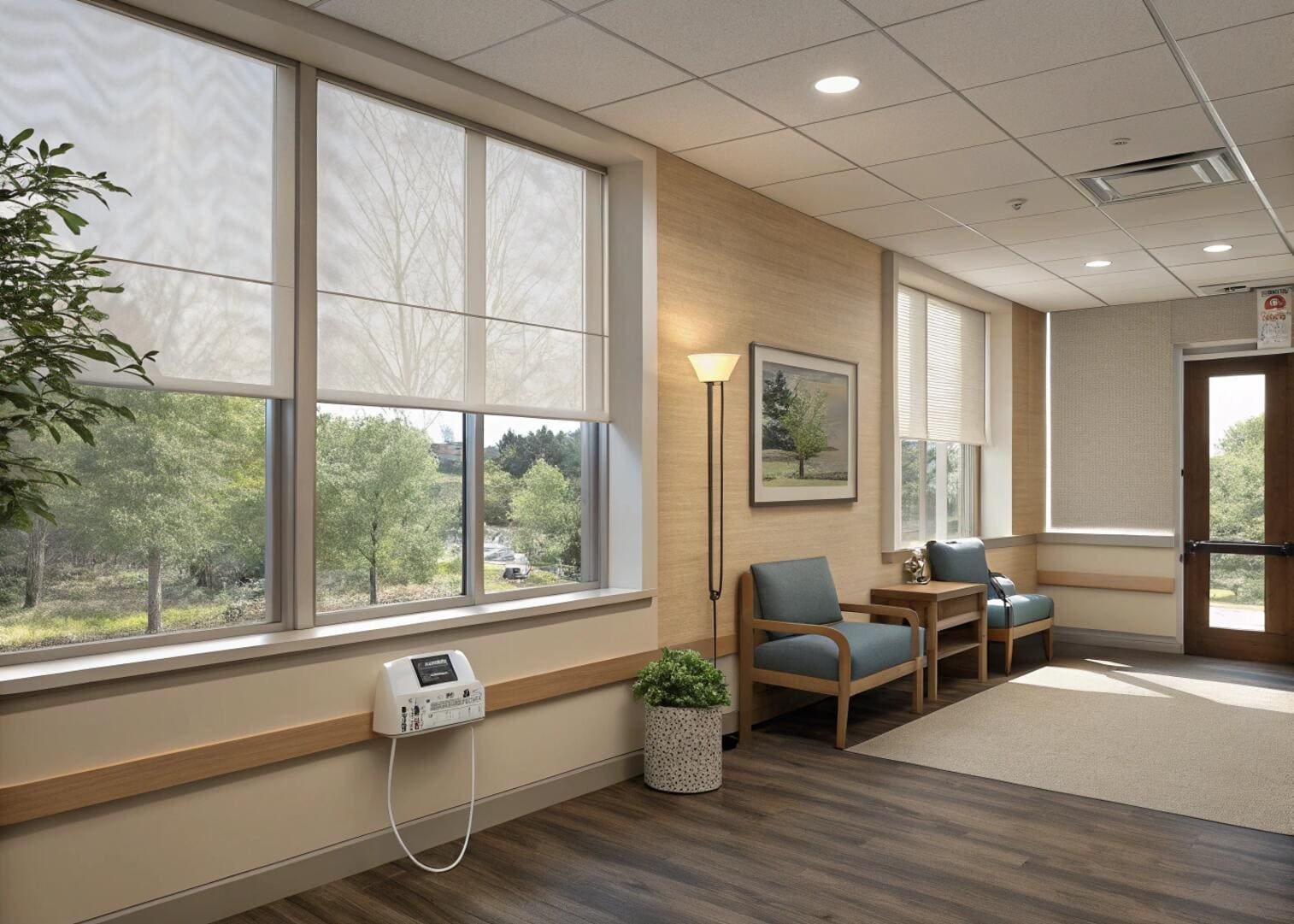
When a client asks about power sources, I outline the distinct characteristics of each, as each has its pros and cons for different project requirements.
| Power Source | Description | Key Advantages | Key Disadvantages | Ideal Applications |
|---|---|---|---|---|
| Battery (DC) | Utilizes alkaline (AA, D-cell) or rechargeable lithium-ion battery packs. The battery pack is typically concealed within the headrail or attached discreetly to the blind. | Extremely flexible, no wiring required, easy installation, ideal for retrofits, no visible wires (often). | Requires periodic battery replacement (disposable) or recharging (rechargeable), which can be inconvenient for hard-to-reach windows or multiple units. Battery life varies with usage. | Existing homes, retrofits, rental properties, spaces where aesthetics[^3] demand no visible wires, windows without nearby outlets. |
| Low-Voltage Plug-in Transformer (DC) | A small power cable from the blind leads to a transformer (power adapter) that plugs into a standard wall outlet. | Consistent power without battery changes, simpler installation than hardwiring, no electrician needed (usually). | Requires a nearby power outlet, the thin power cord may be visible, limiting aesthetic appeal unless carefully concealed. | Residential and light commercial projects, areas with easily accessible outlets, when budget or complexity prevents hardwiring. |
| High-Voltage Hardwired (AC) | The blind motor is directly connected to the building's main electrical system, requiring wiring within the walls to a junction box or switch. | Provides continuous, reliable power; completely wire-free appearance for superior aesthetics; no maintenance related to power supply (e.g., charging/replacing batteries). | Requires professional electrical installation, higher upfront cost due to labor and materials, best suited for new construction or major renovations where walls are open. | New construction, commercial buildings, large-scale projects, high-end residential, smart homes with centralized control systems demanding seamless integration. |
Each method has specific
"power requirements" and "installation constraints". For instance, battery-powered blinds offer "convenience benefits" due to their wireless nature, but their "battery life" is a key consideration. Hardwired blinds, while having "higher upfront costs," provide "consistent power" and a "wire-free aesthetic".
Do blinds lower the electric bill?
Are you exploring motorized blinds not just for convenience, but also for their potential to reduce energy costs? The impact of smart shading on utility bills is a significant advantage for any project.
Yes, motorized blinds can significantly lower electric bills by actively managing solar heat gain and optimizing natural daylight, thereby reducing the workload on heating, ventilation, and air conditioning (HVAC) systems and minimizing reliance on artificial lighting.
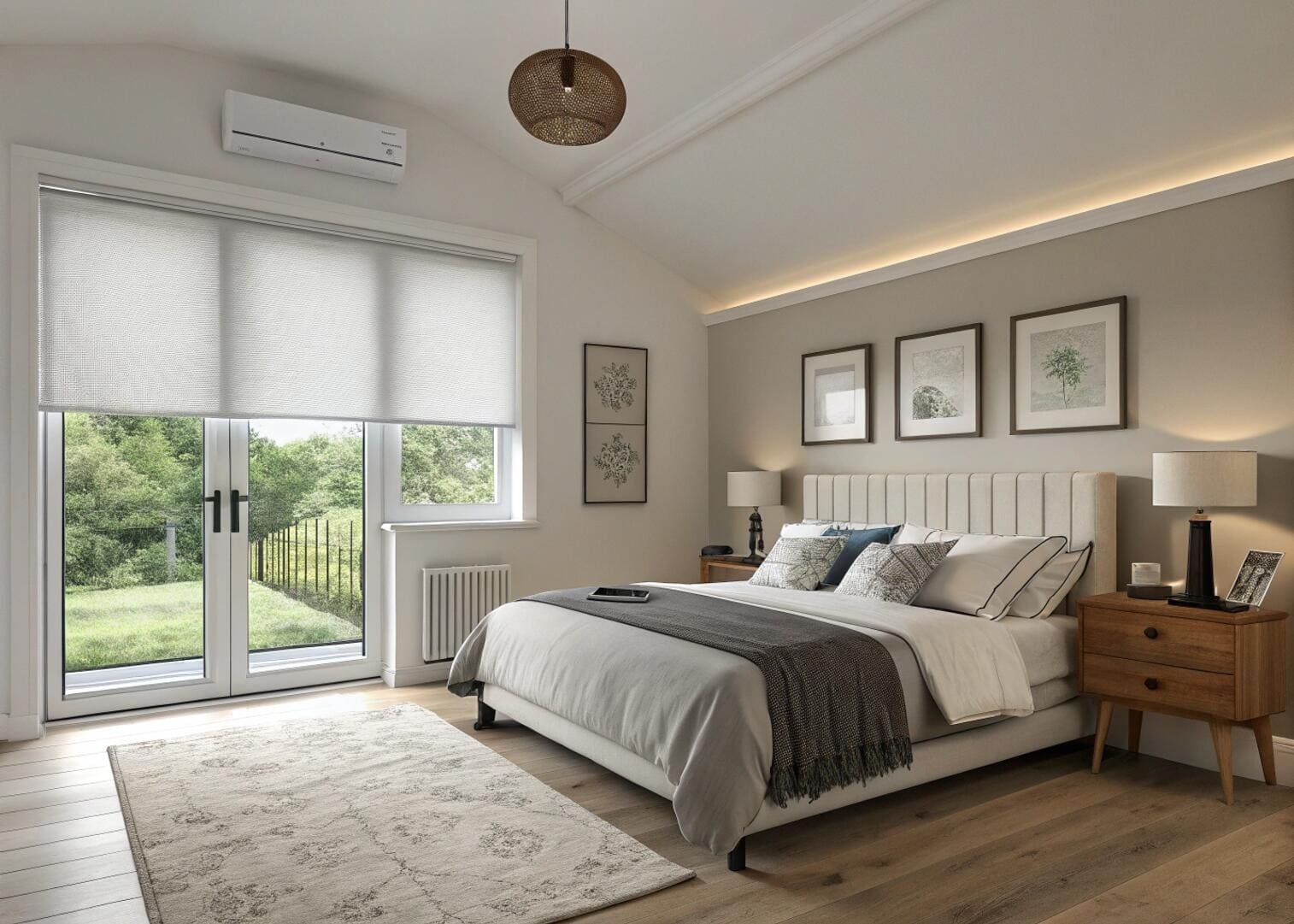
One of the most compelling advantages of motorized blinds, often overlooked in initial cost considerations, is their contribution to energy efficiency[^4]. This is where they become an active participant in your building's climate control, rather than just a static window covering.
-
Sun Tracking and Automated Scheduling: Motorized blinds can be programmed to adjust throughout the day based on the sun's position. For instance, in summer, they can automatically close during peak sunlight hours to block direct solar heat gain, preventing your space from overheating. My clients have reported this leads to "up to 25% HVAC savings[^5]" by reducing the air conditioning load.
-
Heat Retention in Winter: Conversely, in colder months, blinds can be programmed to open during sunny periods, allowing passive solar heat to warm the interior, reducing heating demands.
-
Daylight Harvesting: By automatically adjusting to maximize natural light without causing glare, motorized blinds can minimize the need for artificial lighting during the day. This directly reduces electricity consumption for lighting.
-
Thermal Barrier: The fabric of the blind itself, particularly cellular shades or those with thermal linings, adds an insulating layer at the window. This reduces heat transfer (both in and out) and can significantly improve a window's R-value, further contributing to energy savings.
While the motors themselves consume a minimal amount of electricity, the energy savings generated by their intelligent operation far outweigh this consumption, leading to a net positive impact on your electric bill. This "energy efficiency" aspect makes motorized blinds a smart, long-term investment for project owners focused on sustainability and operational cost reduction.
Wired vs Battery-Powered Motorized Blinds: Which one is better?
Pitting wired against battery-powered motorized blinds means evaluating trade-offs. The question is not which is universally superior, but which best aligns with your project's unique demands.
Neither wired nor battery-powered motorized blinds are inherently 'better'; the optimal choice hinges on factors like installation context (new construction vs. retrofit), aesthetic goals, long-term maintenance preferences, and initial budget constraints, balancing convenience with cost and power reliability.

When advising clients on this pivotal decision, I encourage a comprehensive evaluation based on their specific project parameters. The "best" solution is the one that most effectively meets the client's needs within their given constraints.
| Feature / Consideration | Wired Motorized Blinds | Battery-Powered Motorized Blinds |
|---|---|---|
| Power Source Reliability | Consistent, continuous power supply. No need for recharging or battery replacement. Highly reliable for long-term, uninterrupted operation. | Dependent on battery life. Requires periodic recharging or replacement of batteries. Reliability is tied to battery maintenance schedule. |
| Installation Complexity | More complex; requires professional electrical work for hardwiring within walls. Best suited for new construction or major renovations where walls are open. | Simpler; no electrical wiring needed. Can be a DIY project for some, typically quicker and less invasive to install. Ideal for retrofits. |
| Upfront Cost | Generally higher due to labor costs for electrical wiring and professional installation. Motors themselves might be slightly more expensive for AC versions. | Generally lower initial cost. Less specialized labor required for installation. Batteries might add a small cost depending on type. |
| Long-Term Maintenance | Virtually no maintenance related to power source once installed. Set-and-forget operation. | Requires regular maintenance of battery packs (recharging every 3-12 months, depending on usage, or periodic replacement of disposable batteries). |
| Aesthetics | Superior clean aesthetic; no visible wires or battery packs. Ideal for minimalist designs. | Very clean aesthetic; battery packs are often concealed within the headrail or are very slim. No power cords running down the wall. |
| Scalability & Grouping | Excellent for large-scale projects with many windows. Centralized power management makes group control robust. | Good for individual or small groups of blinds. For very large installations, managing numerous battery packs can become cumbersome. |
| Retrofit Suitability | Challenging and costly for retrofits unless major renovation is planned. | Excellent for retrofits, as no new wiring is needed. Minimal disruption. |
| "Technical Limitations" | Less prone to "WiFi connection fails" compared to systems relying heavily on wireless power delivery. Focus on network reliability for control. | "Battery life" is a key consideration. Potential for connectivity issues if signal strength is weak to charging point. |
Ultimately, my recommendation often defaults to wired blinds for new construction projects that aim for a seamless, high-end finish and prioritize long-term, zero-maintenance power reliability. For remodels, existing homes, or projects with budget constraints where quick installation and flexibility are paramount, battery-powered blinds offer exceptional value and convenience. Both options integrate with smart home systems, offering "convenience benefits, energy efficiency, and safety & security".
Conclusion
Choosing between wired and battery-powered motorized blinds is a strategic decision. While wired options offer consistent power and sleek aesthetics for new builds, battery-powered alternatives provide installation flexibility and ease for retrofits, ensuring a suitable solution for every project's unique needs.
Elevate Your Project with Smart Shading
Ready to select the perfect power solution for your motorized blinds and deliver cutting-edge smart shading? Do not compromise on functionality or design. Contact VelaBlinds today to explore our comprehensive range of wired and battery-powered motorized blinds, tailor-made to fulfill your project specifications and exceed client expectations.
Email us at: info@velablinds.com
Extended FAQ Section
How often do battery-powered motorized blinds need charging?
The frequency of charging or replacing batteries in battery-powered motorized blinds varies significantly based on usage, battery type, and blind size. Typically, rechargeable lithium-ion battery packs can last anywhere from 3 to 12 months on a single charge, assuming an average of one cycle (up/down) per day. Heavy use, such as multiple operations daily, or operating large, heavy blinds, will drain batteries faster. Disposable alkaline batteries may last longer but require full replacement instead of recharging. Manufacturers usually provide guidelines based on their specific motors and battery capacities. I always advise clients to factor in accessibility for charging/replacement, especially for hard-to-reach windows, and consider smart home integration which can monitor battery levels, providing warnings well in advance of depletion. This "battery life" is a key consideration when evaluating the "limitations of motorized blinds".
Are wired motorized blinds more reliable than battery ones?
Yes, wired motorized blinds generally offer superior reliability compared to battery-powered options, primarily due to their continuous and stable power source. Wired blinds are directly connected to the building's electrical system, eliminating concerns about battery depletion, charging cycles, or power fluctuations that can sometimes affect battery performance. This makes them ideal for critical applications or large, frequently used windows where uninterrupted operation is essential. While battery-powered blinds are highly convenient and reliable within their charge cycles, the "dependence on power sources for operation" is a "technical limitation". Hardwired systems avoid this specific point of failure, ensuring consistent performance for years without user intervention for power management. My experience shows that for demanding commercial environments or smart homes aiming for maximum automation, wired power offers unmatched peace of mind.
Can I convert manual blinds to motorized?
Converting existing manual blinds to motorized operation is often possible, but it depends heavily on the type and design of your current blinds. Many roller blinds, for instance, can be retrofitted with tubular motors inserted directly into the existing roll. For other types of blinds like Venetian or cellular, it may be more complex or require custom kits. The feasibility also hinges on the condition of the existing hardware and whether the motor can be adequately concealed. This kind of conversion typically offers the flexibility of battery-powered options to avoid extensive electrical work, making it a less invasive process than hardwiring. While a full replacement may sometimes be more cost-effective or provide better long-term reliability and integration, converting existing manual blinds can be a viable solution for upgrading specific windows without a complete overhaul, adding "convenience benefits" to an existing setup.
---
[^1]: Explore the advantages of motorized blinds for convenience and energy efficiency.
[^2]: Understand the convenience and flexibility of battery-powered motorized blinds.
[^3]: Explore how motorized blinds can enhance the visual appeal of your space.
[^4]: Learn how motorized blinds can help reduce energy costs and improve efficiency.
[^5]: Explore the potential savings on HVAC costs with smart shading solutions.Partner with VelaBlinds for Your Next Project
Smart window treatments shouldn't be complicated. After working with 500+ distributors and contractors worldwide, I've streamlined the process to get you quality products, competitive pricing, and reliable support - every time.
Why project professionals choose VelaBlinds:
- ✅ Fast, Accurate Quotes - Detailed specs and pricing within 24 hours
- ✅ Transparent Pricing - No hidden fees, volume discounts clearly outlined
- ✅ Quality Assurance - Direct partnerships with certified OEM manufacturers
- ✅ Project Support - Dedicated account manager from quote to delivery
Start your next project:
📧 Quick Quote: Send your requirements to info@velablinds.com
📱 Direct Contact: WhatsApp +86 137 2012 8317
🌐 Browse Solutions: https://velablinds.com/
📁 Product Resources: Access spec sheets, catalogs & project files
Jimmy Chen, Founder
"I built VelaBlinds to solve the real challenges I faced as a project buyer - long lead times, unclear specs, and unreliable suppliers. Let's discuss how we can power your projects with smarter blinds."
Serving distributors and contractors across North America, Europe, and Australia since 2018.

